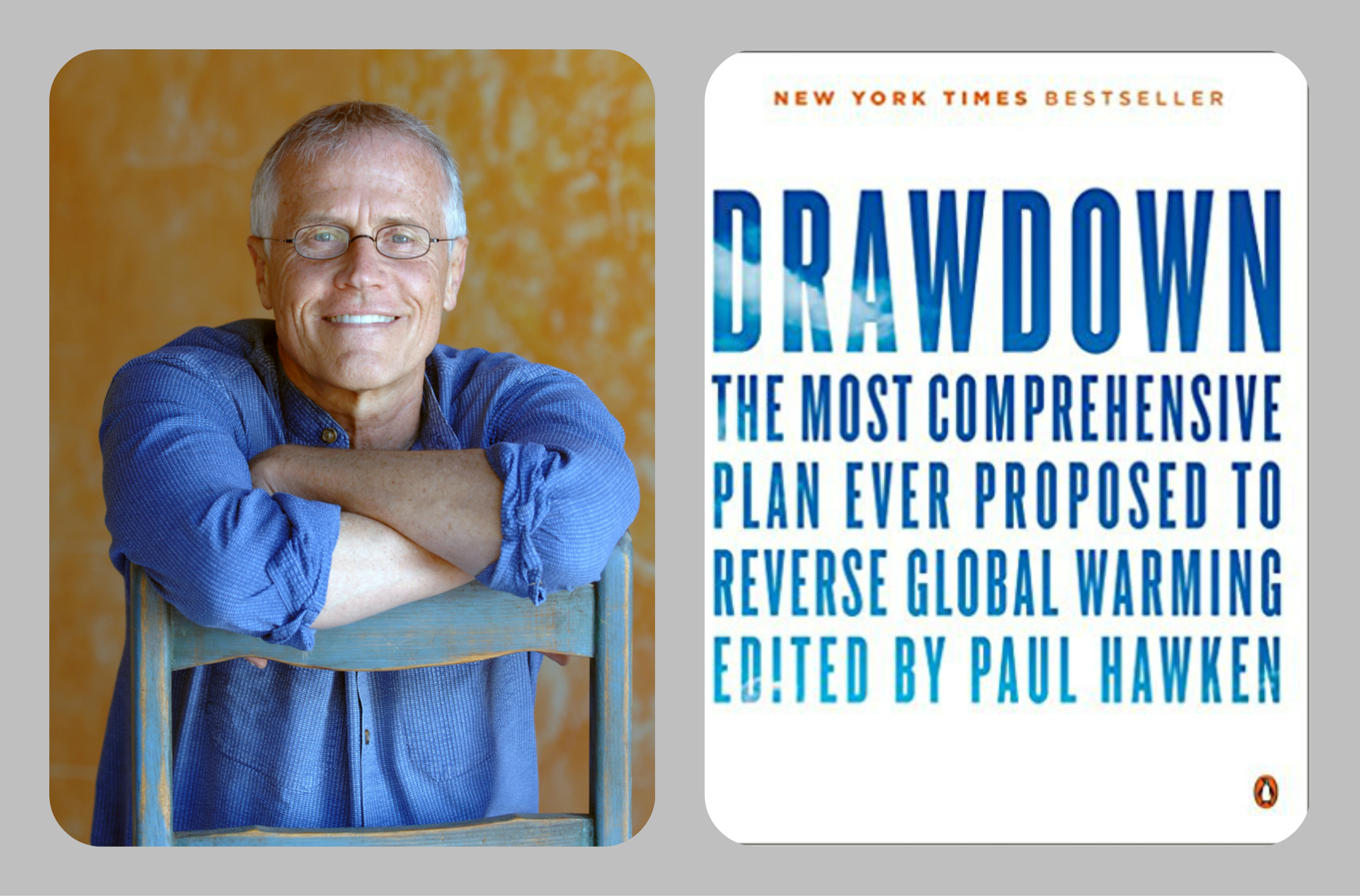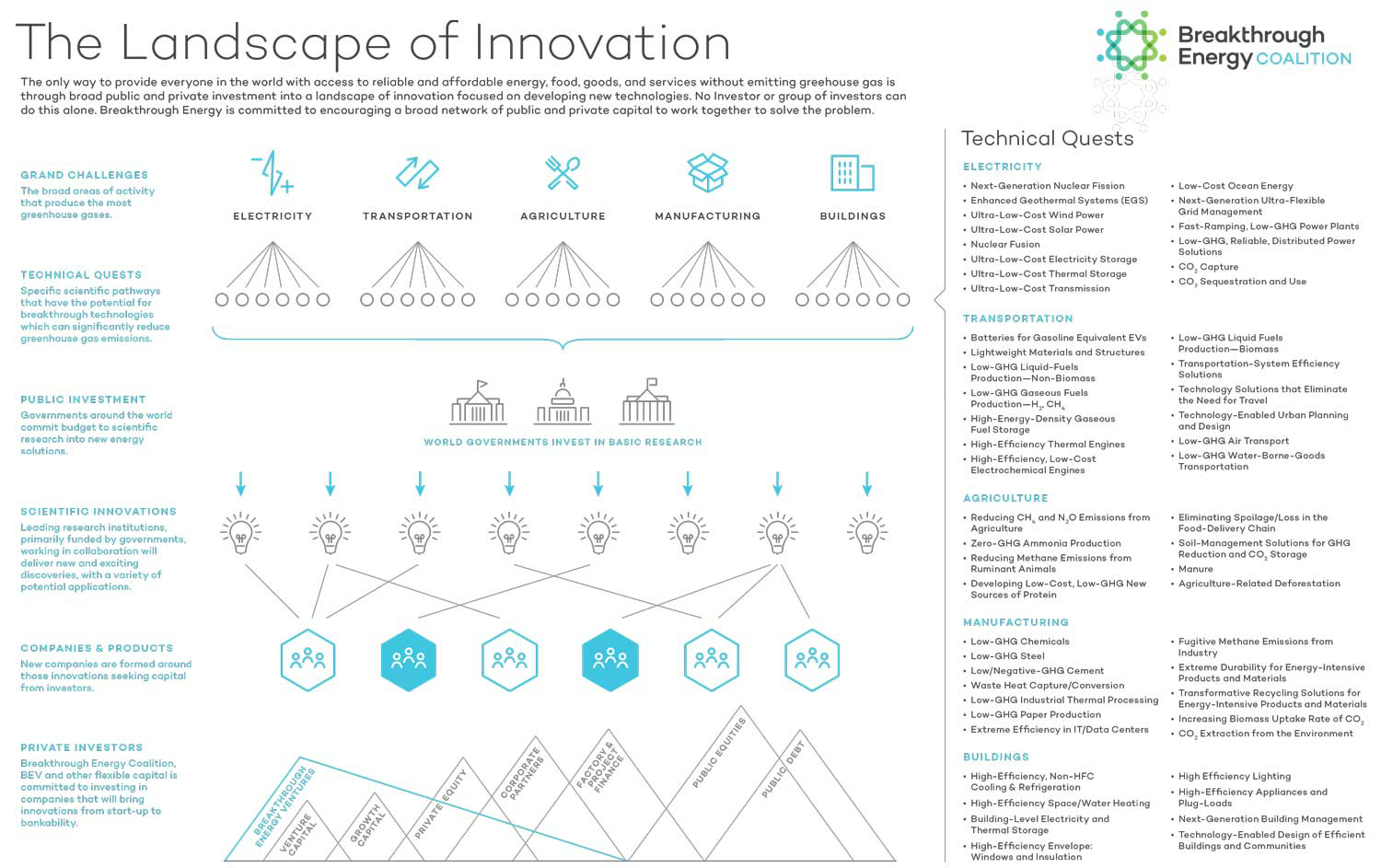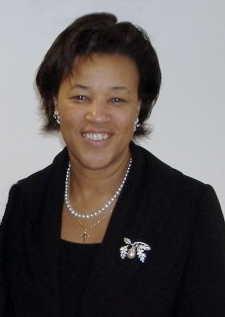Book Reviews: Climate of Hope: How Cities, Businesses, and Citizens Can Save the Planet by Michael Bloomberg (Author), Carl Pope (Author) Published by St Martin’s Press (April 2017) 272 pages;
Drawdown: The Most Comprehensive Plan Ever Proposed to Reverse Global Warming by Paul Hawken (Author, Editor), Tom Steyer (Foreword) Penguin Books (April 2017) 240 pages; additional information on Project Drawdown’s website
Two books published this year on the same day (April 18) and on the same subject, climate change. Two books that could change our lives, our children’s lives and how we view the challenge of climate change.
Two books that make reversing global warming look like it’s within reach. At last.
So far, we’ve heard too much doom and gloom. And we still do, as attested by a recent Op-Ed from environmental activist Bill McKibben, the founder of 350.org. Published on the New York Times last month, it has a scary title: The Planet Can’t Stand This Presidency, with a subtitle that doubles down on the message: “Trump is in charge at a critical moment for keeping climate change in check. We may never recover.” And the opening sentence is a scary reminder that coal pollution kills.
But it’s time to try a different approach. Let’s be positive: Global warming can be arrested, and better still, we may be able to reverse it. It will require a lot of effort and goodwill, but it can be done. And it won’t be costly, on the contrary, it will jump start a new age of prosperity and well being.
Both books tell us how to do it and their starting point is the same: The evidence is in, it really can be done. Thanks to them, we can start to entertain a rosy vision of our future, and that’s amazing. Furthermore, the two books are complementary and re-enforce each other, even though they are radically different in structure and the stories they tell.
A Hopeful Message on the Climate, from Michael Bloomberg and Carl Pope
The way forward suggested in Climate of Hope: How Cities, Businesses, and Citizens Can Save the Planet, co-written by Michael Bloomberg and Carl Pope, may surprise a lot of people. It certainly surprised me, I hadn’t realized the extent to which cities play a major role in the climate change drama.
In the photo: On left, Michael Bloomberg giving his keynote speech at NYC Climate Week (June 2009), Photo Credit: Flickr The Climate Group; book cover in center; on right, Carl Pope, Source: Twitter page
The other surprise is to see two completely different persons working as co-authors, an endeavor that requires deep understanding and mutual respect. Bloomberg is a billionaire, Carl Pope an environmentalist.
Bloomberg began his career in 1966 at Salomon Brothers and in 1981 founded Bloomberg LP, a financial news and information company – perhaps most famous for its Bloomberg Terminal serving the analytical needs of the financial industry around the world. As of March 2017, he was ranked the 8th richest person in the United States and the tenth richest person in the world.
You would never expect Michael Bloomberg, a conservative entrepreneur, to strike a friendship with an outdoors activist and environmentalist like Carl Pope, who started out in 1967 as a Peace Corps volunteer in India for a couple of years. He has worked for the Sierra Club for thirty years and was Executive Director and then President of the Club from 1992 to 2011.
But the two men, despite different life arcs, hit it off. And they did much more together than just write a book. Bloomberg lavishly financed Pope’s signature campaign against the coal industry, Beyond Coal, through several donations totaling some $80 million. The campaign was stunningly successful – today, half of the coal plants have been closed down – and it has demonstrated that coal’s time is over: It is highly damaging to human health and more expensive than either solar or wind power. Trump’s policies in favor of coal notwithstanding, it cannot make a comeback.
Video Credit: National Geographic and Bloomberg Philanthropies
The explanation for Michael Bloomberg‘ s commitment to fighting climate change starts with both his experience as Mayor of New York and with philanthropy. He was a three-term Mayor of New York from 2001 to 2013, and since 2014, he is the UN Secretary-General’s Special Envoy for Cities and Climate Change. That year, he also began a 5-year commitment to the Vibrant Oceans Initiative, supporting it with a $53 million donation from Bloomberg Philanthropies.
 In the photo: Michael Bloomberg with UN Secretary General Ban Ki-moon, 31 January 2014, on the occasion of his appointment as Special Envoy for Cities and Climate Change Photo Credit: UN
In the photo: Michael Bloomberg with UN Secretary General Ban Ki-moon, 31 January 2014, on the occasion of his appointment as Special Envoy for Cities and Climate Change Photo Credit: UN
Bloomberg is a committed philanthropist keen on achieving impact in his lifetime; he has joined the Giving Pledge founded by Bill Gates and Warren Buffet, which calls on the wealthy to give away at least half of their net worth while they’re alive (or upon their death). By 2016, 154 persons had signed on the Pledge according to a 2016 Bloomberg news report.
As mayor, Bloomberg jacked up the climate change issue. In 2007, he launched PlaNYC to prepare the city for one million more residents by 2030 and address a broad range of issues, including climate change. In the following year, an initial inventory of the situation in New York surprised everybody: Buildings, not traffic, were responsible for 70 percent of greenhouse gas emissions in town.
Next, he convened the New York City Panel on Climate Change which, with a team of scientists (including from the Goddard Institute), produced three reports, and most recently provided the science underpinning the new climate resiliency guidelines just announced by current New York Mayor Bill di Blasio. The idea is to prepare the city infrastructures to address the upcoming challenges from climate change, including the rise in sea level (expected to increase by another 11 to 21 inches by 2050).
In the book, Bloomberg’s chapter on PlaNYC is probably my favorite, in many ways it’s the most personal and the most convincing. He tells you why he is not an environmentalist: He is not the kind to “hug trees, oppose GMOs or lie down in front of bulldozers” and he doesn’t “lose sleep over spotted owls”. He doesn’t want to ban fracking (“just do it safely”) or stop the Keystone pipeline (“the oil is coming here one way or another”) and he supports nuclear power.
So how come he is a “crusader against climate change”? He tells us: “Very simply: to save and improve lives”.
But why focus on cities? He starts by recalling a major change in our urban landscape: In the 2000s, after decades of losing to the suburbs in the 20th century, American cities “were becoming magnets for young people who were attracted to the very same urban values that had drawn people for generations: culture, community, cuisine and career opportunities, all accessible by foot and mass transit.” And of course, by 2050, city dwellers around the world are set to outpace their rural cousins by three to one: “People are voting with their feet, and cities are winning in a landslide.”
Yet there was one critical fact he hadn’t realized before becoming a mayor: Cities are “actually the key to saving the planet” and there are several good reasons why. One above all: living in a dense urban environment means having a smaller carbon footprint. Did you know that the average per capita carbon foot print in New York is two-thirds smaller than the national average? That’s because people live in smaller places, easier to heat and cool and they drive less. But there are other three good reasons why cities are “well-positioned” to fight climate change:
(1) most climate change problems “originate in cities – they account for 70 percent of greenhouse gas emissions” and face the worst risks of emissions because they are generally built in coastal areas more vulnerable to rising seas and storms;
(2) “mayors everywhere tend to be more pragmatic and less ideological than national legislators” because they are more directly responsible to the people; a mayor who solves problems for the community is certain to be re-elected, regardless of party affiliations;
(3) “mayors see fighting climate change as a spur to faster economic growth”; while national governments tend to view it as a cost, mayors see it “through a different lens”: “it’s natural for them to ask: What investments can we make that will allow us to attract more people and business?” People want to live in places that “offer healthy and family-friendly lifestyles”, and “where people want to live, businesses want to invest”.
In short, in Bloomberg’s crisp phrasing, “promoting private investment requires protecting public health”. And climate change is a “massive threat to global health”, as noted by Dana Hanson, the former president of the World Medical Association. And Bloomberg concludes: “Most of the things that make cities better, cleaner, healthier, and more economically productive places also reduce carbon emissions.” That’s a deep insight, clearly linking business interests to the climate change fight.
Later in the book, Bloomberg recalls one of his more surprising initiatives, a volunteer program called NYC°Cool Roofs to paint rooftops white. At first, people thought it was a joke. A simple fix, it is highly cost effective, saving up to 20 percent of energy costs. In its first year, 1500 volunteers were reported to have painted one million square feet of rooftops.
Bloomberg and Carl Pope have managed to produce a surprising book that is extraordinarily effective for two reasons:
(1) It opens new perspectives on climate change and suggests a new, more constructive way to tackle it;
(2) because both authors are major influencers in their respective areas, the book has a very good chance to influence the overall conversation around global warming.
In the photo: Volunteers cover a rooftop with white paint in Harlem Photo Credit: Flickr/350.org
This is a book that shifts the conversation from the national level to the local level: Cities, business and local communities are called on the make a change, indeed, they are arguably the key to progress – it is no longer a matter for the Federal Government or the 200 governments around the planet that have signed the Paris Climate Agreement.
All of a sudden, the “climate change” ball has moved into your backyard and mine.
On the Daily Show, Bloomberg and Pope in a recent interview with Trevor Noah to promote their book made a powerful case for feeling optimistic in spite of Trump’s anti-climate policies. Bloomberg reminded viewers that “the world is a lot better than people think. In the last two decades, we have cut world poverty by half and in the last two or three years, we’ve cut greenhouse gasses dramatically in the United States, so much so that we are already two-thirds of the way towards the goals Trump wants to walk away from.”
And Carl Pope to add: “The Paris Climate Agreement was in fact a great deal for the United States,” noting that many countries will have a much harder time achieving the goals than the US, “and now the President wants to walk away from it?”
Drawdown: The Project and the Book
Drawdown is a beautiful, high-quality paperback with stunning images; an e-book and audio version are also available. Arguably, it is less a book than a project started sixteen years ago by Paul Hawken, an environmentalist and best-selling author, known in particular for The Ecology of Commerce widely considered the #1 textbook on business and the environment.
 In the photo: Left, Paul Hawken, Executive Director of the Drawdown Project Photo Credit: Drawdown; on the right, book cover of Drawdown (available on Amazon)
In the photo: Left, Paul Hawken, Executive Director of the Drawdown Project Photo Credit: Drawdown; on the right, book cover of Drawdown (available on Amazon)
The Drawdown Project brought together over 200 researchers from all over the world, scientists, economists, biologists, geologists, climatologists and others with relevant expertise, to work together on hundreds of ideas to reverse global warming. They ended up with the 100 solutions identified in the book.
The goal is to “draw down” the amount of greenhouse gas emissions in our atmosphere and “sequester” them. This is not a matter of simply arresting global warming, as called for in the Paris Climate Agreement, but actually reversing it. All within the next thirty years.
A novel notion.
 In the photo: One of the solutions presented in Project Drawdown’s book Photo Credit: Metropolis Q &A with Paul Hawken on Navigating Climate Change (Book image courtesy Paul Hawken)
In the photo: One of the solutions presented in Project Drawdown’s book Photo Credit: Metropolis Q &A with Paul Hawken on Navigating Climate Change (Book image courtesy Paul Hawken)
There have been many solutions proposed in the past, but nobody has ever attempted to bring them together in a practical plan, gauging the comparable effect of each one with a single metric, gigatons of greenhouse gas emissions (a gigaton equals 1 billion metric tons; in 2016, 36 gigatons of greenhouse gasses were emitted).
All the retained solutions were carefully researched and checked against two requirements: they had to be economically viable and effective. And for the first time, they are presented together as an actionable blueprint to address climate change, with solutions ranked in function of the impact they can achieve.
What is striking here is that they are not far-out technical solutions that still need to be invented.
In this respect, the Drawdown Project stands in total contrast with the five tech innovations touted last January at the World Economic Forum (WEF) as the way to “save us from climate change”. To recall briefly, they are:
(1) nuclear fusion that has zero greenhouse gas emissions (announced by the Canadian General Fusion);
(2) an “unprecedented alternative” to battery power storage making it between 1,000 and 10,000 more powerful (Surrey U, Bristol U. and Augmented Optics);
(3) plant-based substitute meat (Beyond Meat financed inter alia by Bill Gates);
(4) removing CO2 from the air and producing ultra-low carbon fuel with it (another Canadian firm, Carbon Engineering);
(5) building “smart cities” using digital modelling (Sidewalk Labs financed by Google’s Alphabet).
Five brilliant ideas, no doubt, but unfortunately not all of them ready to go, except perhaps for the “smart city” proposal that happens to join up with what Bloomberg and Pope propose in their book; and the plant-based burger, an important step to encourage the world’s growing population to adopt the “plant rich diet” promoted by the Drawdown project.
The excitement around the new technologies was understandably high at the WEF, and in December 2016 members of the Breakthrough Energy Coalition (BEC), among them Jeff Bezos (Amazon), Jack Ma (Ali Baba Group) and Richard Branson (Virgin Group), have committed to invest more than $1 billion in new technologies over the next 20 years.
Investing in a “carbonless future” is key, nobody can deny it. BEC’s landscape of innovation draws a roadmap to a carbon-free future that is positively awesome and exhilarating.
But the problem is that we are talking about the future here, and therefore, inevitably, we are facing uncertainties: when will all this happen? Can it happen at all? We can’t afford to face uncertainties. How about investing in existing technologies that are certain, whose effects and impact on the environment we already know?
That is the Drawdown Project’s central message: Invest in what already exists and make a difference now. The Drawdown Project proposals are summarized in a neat table giving an overall ranking of the solutions, and many are already under implementation.
The eight top solutions may come as a surprise (in parenthesis, the gigatons of “reduction” in gas emissions achievable over the next 30 years):
- Refrigerant management (89.7)
- Wind turbines – on shore (84.6)
- Reduced Food Waste (70.5)
- Plant-rich diet (66.1)
- Tropical forests (61.2)
- Educating girls (59.6)
- Family planning (59.6)
- Solar farms (36.9)
Who knew that “educating girls” weighted as much in the calculations? Yet, on reflection, it makes sense, the more girls are educated, the more they will embrace family planning and adopt a sustainable way of life that they, in turn, can teach to their children.
Related Article: “EMPOWERING WOMEN, THE SILVER BULLET TO ACHIEVING THE SDGs“
Also important, the unexpected benefits from pulling together different kinds of “solutions” from different sectors: For example, a certain type of seaweed can be fed to cows to reduce their methane emissions by 70% (methane is one of the worst greenhouse gases); at the same time, growing this seaweed reduces the acidification of the oceans. Neat.
The Drawdown Project on its website offers more of the same maps, models and measures, in even greater detail and updates. But the Project goes further: The book is merely a first step, a way to draw the world’s attention to the Project’s work. The Drawdown team promises that there’s more to come, more solutions to put forward.
What is exciting is that all of it makes sense, all of it is possible today. The real challenge is to scale up the solutions.
Towards a Future Partnership?
Neither the Drawdown Project or the Breakthrough Energy Coalition (BEC) should stop with the technical side. There’s a lot more to do on the policy side – without political support, nothing will get done, there won’t be any upscaling of the proposed solutions.
Paul Hawken in a recent interview reported that the Drawdown team is now working with Patricia Scotland, the Secretary-General of the Commonwealth of Nations, fifty-two countries, nearly one third of humanity. At COP 22 in Marrakech, she has officially committed the Commonwealth to reversing global warming and she is a believer in “regenerative development” taking sustainability to the next level, i.e. economic and ecological regeneration.
Let’s hope more agreements will come, particularly with socially-conscious philanthropists and impact investors. There are many such generous givers out there and, as Michael Bloomberg and Carl Pope have shown in their book, with political will exercised in the right places (the cities), it is entirely possible to quickly obtain an impact where it matters most.
My only regret is that the Drawdown Project does not yet (apparently) work together with BEC. It would be important to look both to the present (as Drawdown does) and the future (as BEC does). Surely first contacts could be made, a workplan drawn up and eventually a partnership to do this could be struck? “Smart cities”, so dear to Michael Bloomberg, provide an obvious place to start, but there are many other opportunities both in the BEC “landscape of innovation” and among the 100 Drawdown solutions.
In the photo: Patricia Scotland (2005) Photo Credit: This file was derived from PatriciaScotland2.jpg:, CC BY-SA 3.0, Wikimedia
The United Nations has set “partnerships” as its 17th Sustainable Development Goal, but that ranking is misleading: It really is the first goal, underpinning all the others. My hope is that Drawdown Project and BEC are taking note.
 In the photo: Women installing solar panels in Honduras. They learned their skills at the Barefoot College, in Tilonia (India) – this was achieved through a partnership between the Barefoot College, the Government of India and the United Nations Development Programme (UNDP) Photo Credit: UNDP newsroom, September 2016
In the photo: Women installing solar panels in Honduras. They learned their skills at the Barefoot College, in Tilonia (India) – this was achieved through a partnership between the Barefoot College, the Government of India and the United Nations Development Programme (UNDP) Photo Credit: UNDP newsroom, September 2016
Recommended Reading: “TRUMP’S COAL REVIVAL WILL MAKE IT HARDER TO BREATHE“


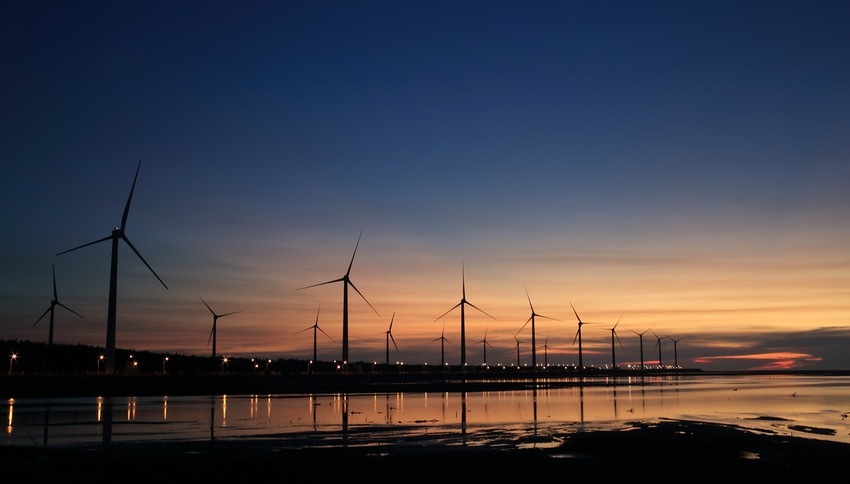

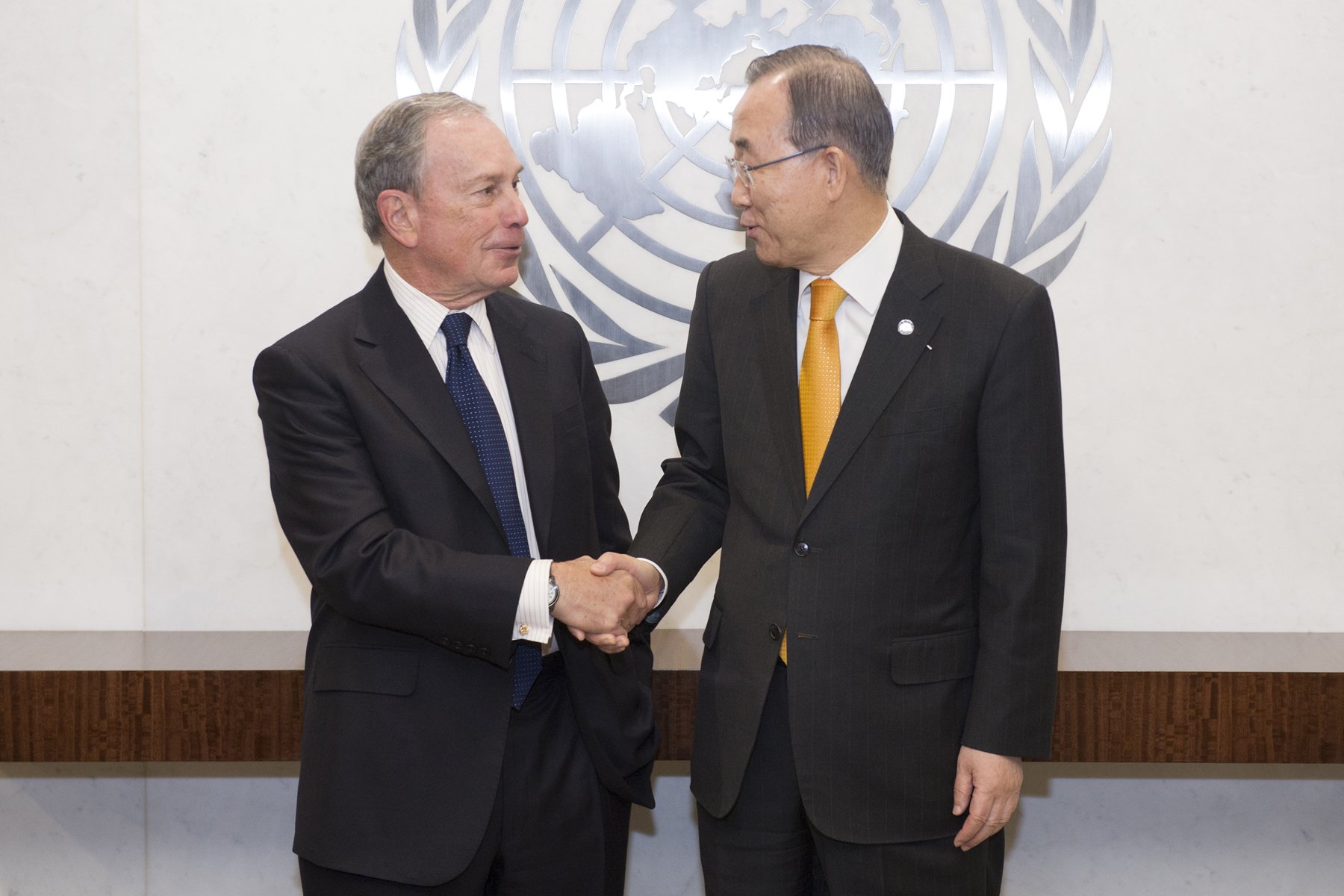 In the photo: Michael Bloomberg with UN Secretary General Ban Ki-moon, 31 January 2014, on the occasion of his appointment as Special Envoy for Cities and Climate Change Photo Credit:
In the photo: Michael Bloomberg with UN Secretary General Ban Ki-moon, 31 January 2014, on the occasion of his appointment as Special Envoy for Cities and Climate Change Photo Credit: 
